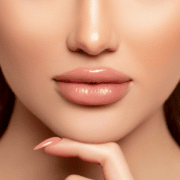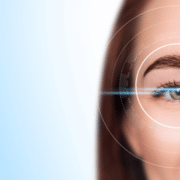How Glaucoma Affects Your Vision

Glaucoma is one such disease of the eye that, while a specific cause is unknown, can lead to serious vision issues and, if left untreated, complete vision loss. Glaucoma refers to a build-up of pressure in the eye that compresses the optic nerve. Over time, this can lead to permanent vision loss.
The most common cause of glaucoma is a water or fluid build-up that becomes trapped between the iris and the cornea. This occurs when the drainage canals become blocked, or the fluid in the eye is a different consistency or make-up than normal.
As more and more fluid fills this area, pressure begins to increase at the back of the eye, near the retina, and compresses the optic nerve. Although rare, glaucoma can also occur in patients with normal eye pressure.
Depending on the type of glaucoma, your ophthalmologist may prescribe specific medication to reduce the pressure in the eye that comes in either tablet form or eye drops. If there is a build-up of fluid in the area between the iris and cornea, laser or surgery or another procedure may be required to drain the fluid and reduce the pressure.
Although glaucoma is primarily considered a hereditary disease, there are several steps you can take to reduce the chances of it occurring and lessen the symptoms and risk of vision loss. Maintaining a healthy nutrition plan and regular exercise can help keep the fluid in the eye at a consistency where it can flow easily and reduce the chance of blockages in the drainage canals.
There is no reason to wait to contact an experienced ophthalmologist if you have any eye issues or sudden changes in your vision. Early treatment can make a difference in preserving your eyesight. Call Maehara Eye Surgery and Laser in Honolulu, HI, at 808-955-3937 or visit www.maeharaeyes.com to schedule a consultation today.










